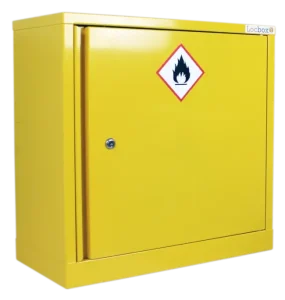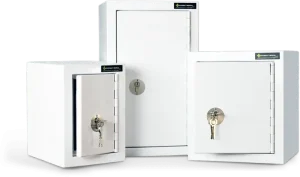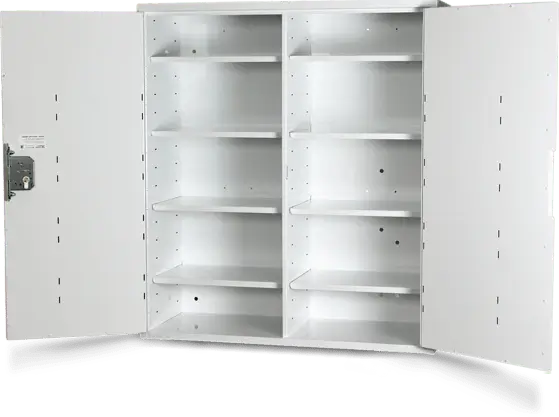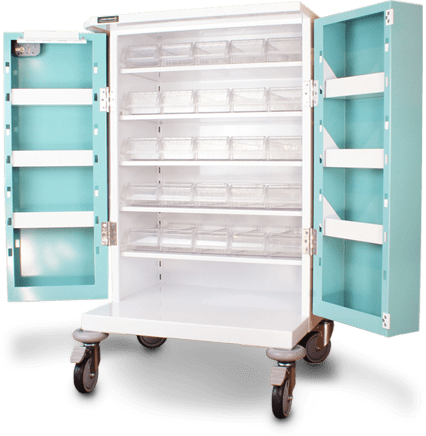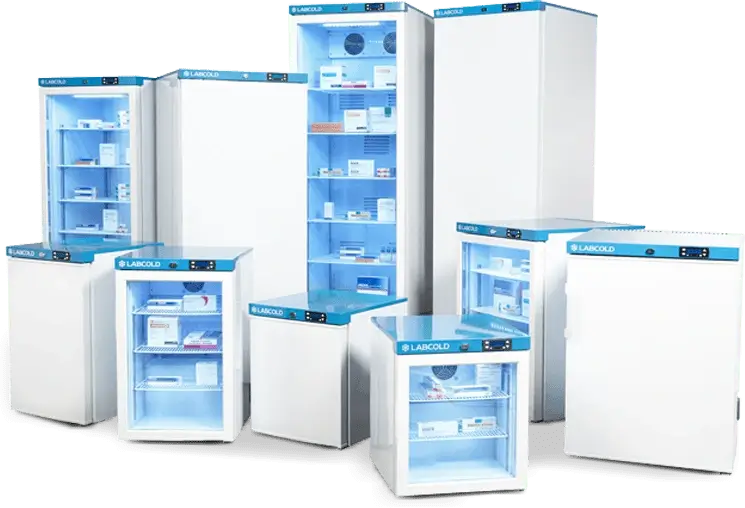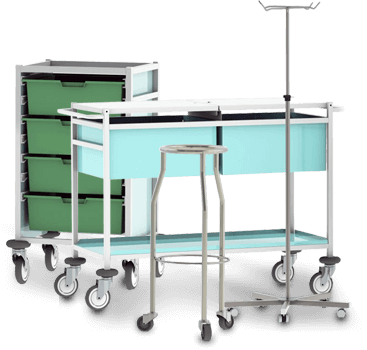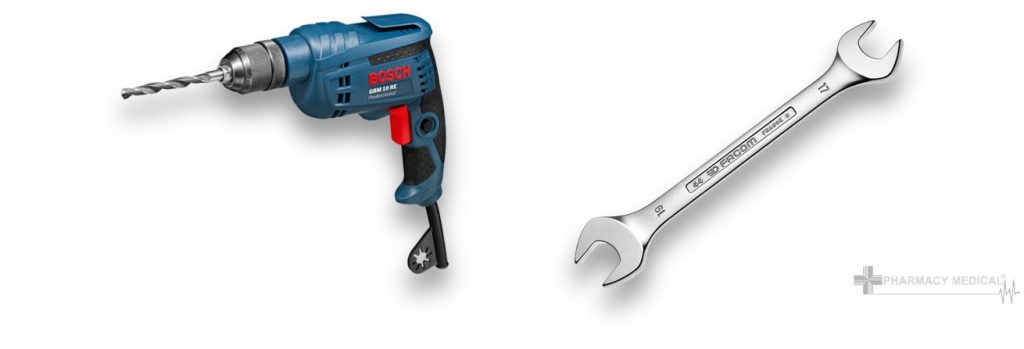Fixing Your Controlled Drugs Cabinet Guidance
Fixing and Maintenance Recommendations For Your Controlled Drugs Cabinet
When fixing your controlled drugs cabinet you should select a suitable location for the cabinet to be mounted. The surface selected should be flat and of a solid (brick or block work) construction. The cabinet should not be fitted to a studded or wooden wall. Failure to fit the cabinet correctly will render it to be non-compliant.
Mark the position of the holes by either marking through the holes in the back of the cabinet or recycle the back of the packaging to make a cardboard template of the hole positions and transferring them to the wall. It will be easier to use a cardboard template as the cabinet can be quite heavy and you may need a second person to lift the cabinet safely. Using the back of the cardboard box often helps with this.
Drill the holes as accurately as possible using a 10mm diameter masonry drill to a depth of approximately 75mm. You will need a suitable drill with a hammer action in order for the drill to penetrate the brick or block work wall.
Position the cabinet holes over the holes drilled in the wall and insert the wall bolts (the use of a hammer may be required to ensure the wall bolts and cabinet are fully seated up to the wall).). It is important to have the rear of the cabinet flush up to the wall. This will make it as secure as possible and to prevent access to the rear face of the cabinet to prevent it being levered from its mount by attackers.
Tighten the bolts to secure the cabinet in position.
The cabinets should only be fitted by a competent person.



